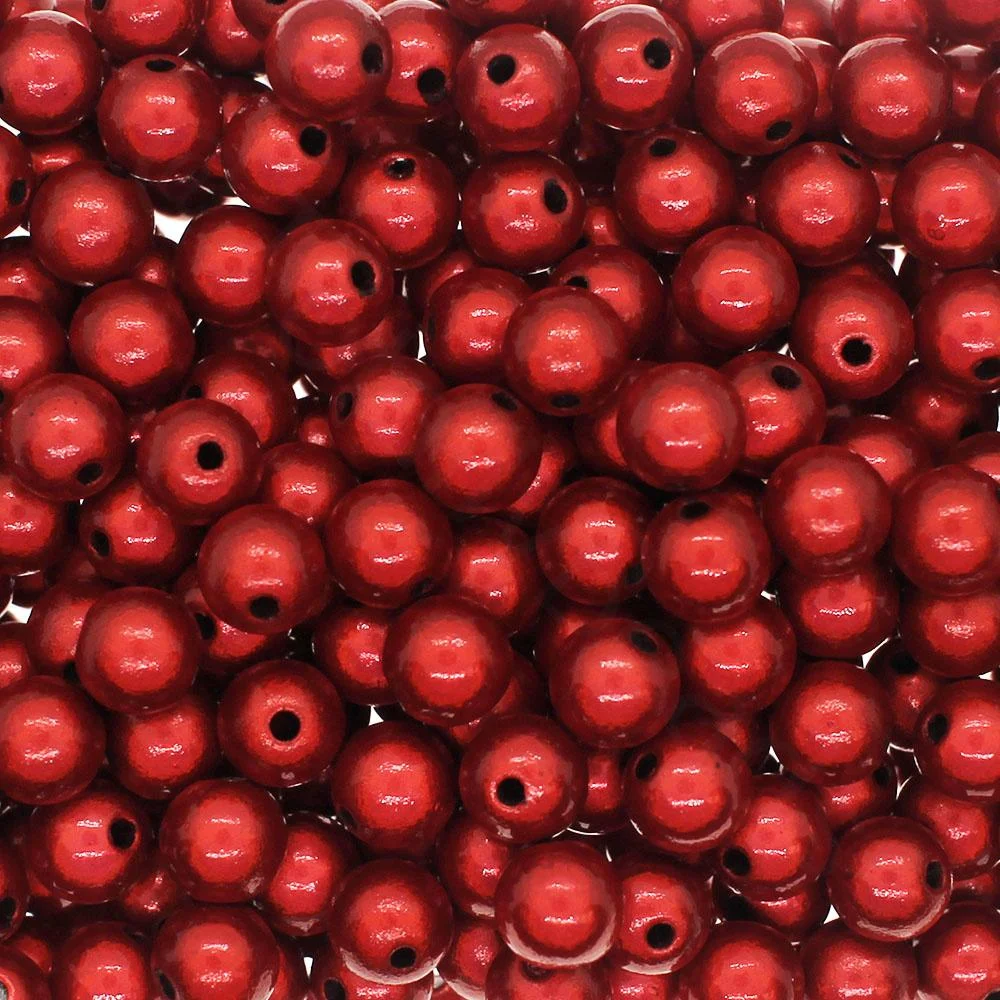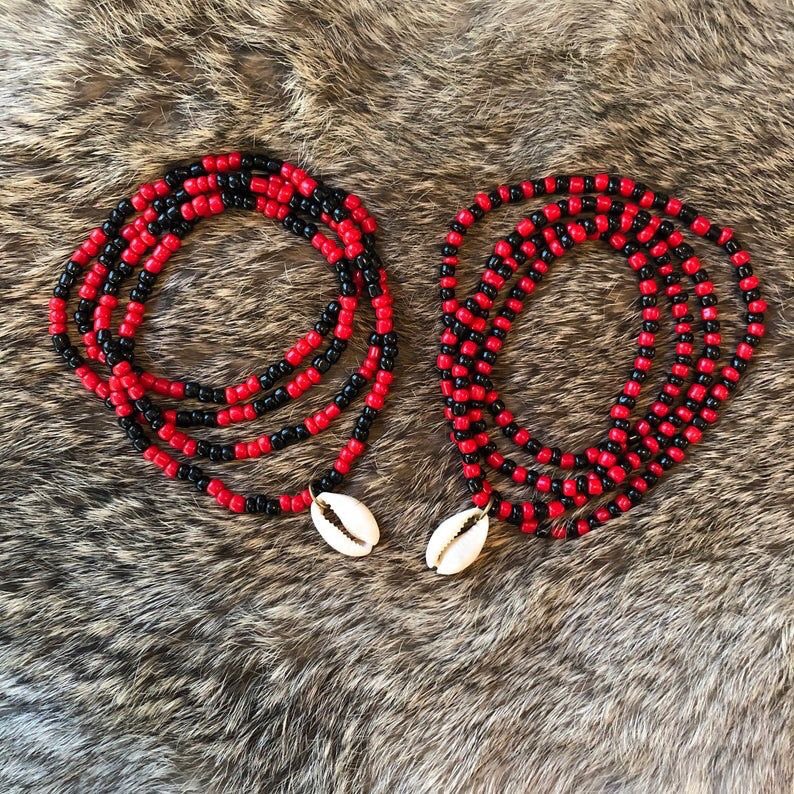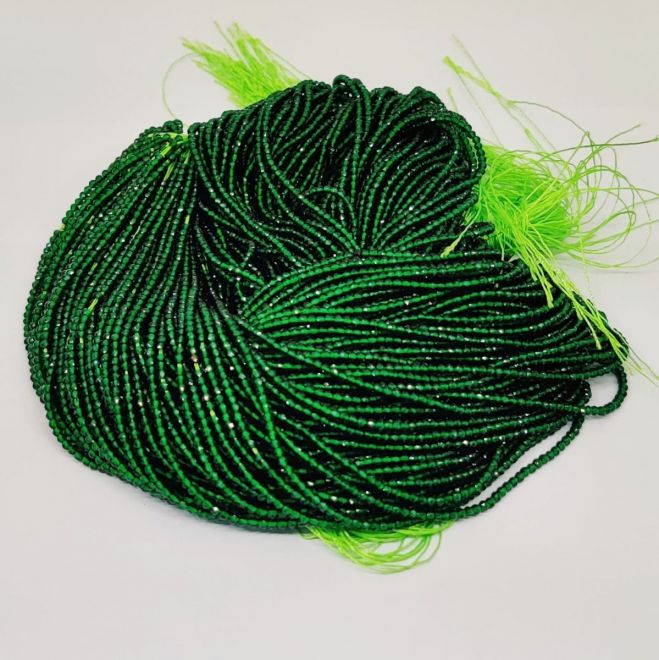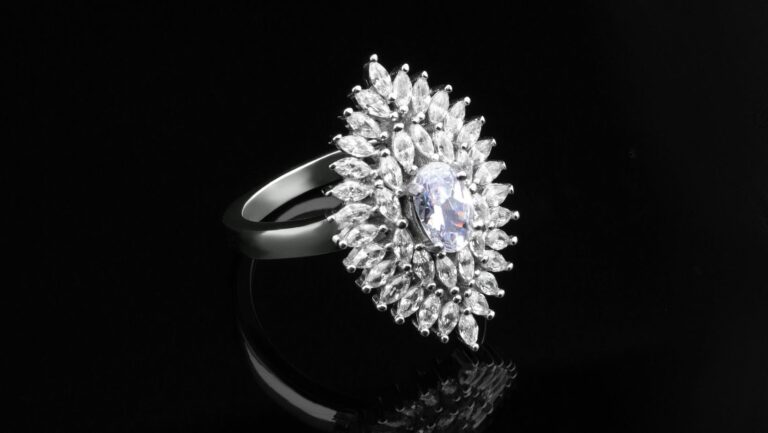Red Beads in Spirituality: Hidden Meaning, Symbolism and Use
Red beads hold deep symbolic meaning across various spiritual and religious traditions. From Hindu malas to African waist beads, red beads represent passion, vitality, courage, power, and our deepest drives and desires.
In this article, we’ll explore the fascinating spiritual significance of red beads and their use in ritual, prayer, adornment, and more. We’ll uncover how these fiery beads can enhance your spiritual practice and connect you to ancestral energies.
An Introduction to Red Beads
Contents
- An Introduction to Red Beads
- The Spiritual Meaning and Energy of Red Beads
- Red Beads in African Spiritual Traditions
- Red Waist Beads – Symbol of Passion and Womanhood
- Red Mala Beads – Symbol of Passion and Spiritual Energy
- Meaning of Red and White Beads
- Red and Black Beads – Connecting with Ancestral Spirits
- Red and Purple Beads – Honoring Orisha Oya
- Red Bead Bracelet Meaning
- Red Bead Necklace Meaning
- Interpreting Dreams About Red Beads
- Conclusion
Across the world, red beads appear in diverse spiritual and cultural contexts. They may consist of glass, stone, coral, seeds, wood, or clay. While styles and materials vary, red beads share core symbolic meanings.
In many beliefs, red relates to fire, blood, and life force. It represents primal passion and our deepest motivations. Red’s bold energy awakens our desires and powers our drive to succeed.
From mala prayer beads to waist beads celebrating womanhood, red beads align us with vitality and strength. Wearing or using them connects us to ancestral spirits, deities, and personal power sources.
Let’s explore some of red’s key symbolic meanings across spiritual systems:
- Vitality, passion, power
- Courage, confidence, motivation
- Love, sexuality, carnal desires
- Life force, vigor, energy
- Fire, blood, war
- Regeneration, rebirth
With this foundation, let’s look closer at red bead symbolism and uses.
The Spiritual Meaning and Energy of Red Beads

Red’s fiery hue aligns it with raw energy andemotion. In color psychology, red provokes visceral reactions. It grabs our attention, wakes us up, and sparks action.
In spiritual traditions, red beads similarly awaken our most vital drives. Their bold color connects to:
- The element of fire, with its transformative power
- The planet Mars, associated with passion and war
- Blood, the liquid of life flowing through our veins
Red beads, therefore, hold the primal life force represented by fire and blood. Their rich color inspires confidence, motivation, and desire.
Red also represents the pulsing energy of the root chakra in Hinduism’s chakra system. This foundational chakra governs survival, self-identity, and our basic needs and passions.
By activating the root chakra, red beads uncoil our kundalini energy. This serpentine life force animates spiritual awakening. Red beads help awaken and direct this potent energy.
Overall, red beads symbolize vitality itself. Their intense color connects us to our core drives, emotions, and life force.
Red Beads in African Spiritual Traditions

Across Africa, red beads hold deep spiritual meaning. Let’s look at some examples.
Red Beads in Yoruba Tradition
For the Yoruba people of West Africa, red symbolizes passion, vitality, and strength. These themes connect red to Shango, the Yoruba deity governing lighting, thunder, and fire.
Shango’s sacred color is red. So red beads represent his fiery, warrior energy.
In Yoruba tradition, red beads invoke power and strength. Their blood-like color also honors family ties and ancestry.
Sangoma Red Beads
For the Zulu and other southern African peoples, sangomas are revered traditional healers and spiritual guides. They mediate between our world and the ancestors’ realm.
When called to serve their communities as sangomas, initiates receive ritual clothing and beads. The beads symbolize their status, spiritual gifts, and relationship with the ancestors.
Red sangoma beads hold particularly deep meaning. Their blood-like color represents the sangoma’s ancestral lineage and living connection to those who came before.
Red’s vitality empowers the sangoma’s healings, rituals, and spiritual work. These beads signify the incredible strength and power flowing through the sangoma.
Red Waist Beads – Symbol of Passion and Womanhood
Across Africa, waist beads serve both spiritual and fashion purposes. Women wear successive strands of beads wrapped around their waists underneath clothing.
These waist beads symbolize femininity, fertility, spiritual protection, and maturity. They celebration a woman’s power, beauty, and social status.
Red waist beads add more intimate meaning to this tradition. Red’s passion and sensuality infuse these beads with associations of:
- Sexuality, allure, and carnal knowledge
- Powerful life force and womanly confidence
- Energy, vibrancy, and strength
By wearing red waist beads, African women harness red’s vitality in their womanhood. The beads’ color connects them to their sensual feminine essence.
Red Mala Beads – Symbol of Passion and Spiritual Energy
In Hinduism, Buddhism, and yoga, mala beads are used to count mantras during meditation. Malas typically have 108 beads representing keys to spiritual enlightenment.
While malas come in many colors, red mala beads hold unique meaning. In Hinduism, red symbolizes the root chakra and kundalini dormant within us.
Wearing or using red mala beads helps activate and channel this spiritual energy. Red malas empower passion, drive, courage, and creativity.
The color red also represents love and attachment in Hindu philosophy. So red malas align with relationships, sensuality, and affection.
Overall, red mala beads awaken our life force and most intimate passions. They fill us with the energy and motivation to pursue spiritual growth.
Meaning of Red and White Beads
In many African traditions, certain bead color combinations create vivid symbolic meaning. Let’s look at a couple powerful examples.
Red and White Beads
Together, red and white represent the interplay of two potent forces:
- Red – fire, blood, life force, power
- White – purity, sacredness, peace, divination
Some West African traditions combine red and white beads to symbolize balance between war and peace. The red beads evoke the warrior’s bloodshed in defense of community. The white beads purify and consecrate this sacrifice.
Red and white beads on shrines also represent divine power. Their colors convey the deity’s ability to both protect communities and unleash destruction against enemies.
Red and Black Beads – Connecting with Ancestral Spirits
In many African cultures, ancestors maintain close ties with their living descendants. Honoring and communicating with ancestral spirits is key to tradition and spiritual balance.
Combinations of red and black beads powerfully represent this ancestral connection. The red evokes blood bonds across generations. Black signifies the departed ancestors and the spirit world.
Red and black beadwork on ritual tools, shrines, and clothing symbolizes the wearer or user’s relationship with ancestors. The beads unite past and present through vessels of living memory and spirit communion.
Red and Purple Beads – Honoring Orisha Oya
An important deity in Yoruba tradition, Oya governs change, storms, death, and rebirth. With dominion over the cemetery gates, she oversees the passage between worlds.
Oya’s sacred colors are purple and red. So Yoruba practitioners often combine red and purple beads to honor Oya and channel her fierce, protective energy.
These bead combinations symbolize Oya’s mastery over death and regeneration. The red evokes blood, life force, and vital power. The purple represents the mysteries of spiritual transition and rebirth.
Red Bead Bracelet Meaning
Like red mala beads, red bead bracelets attune wearers to core spiritual energies. The potent color stays close to the wrist chakra, empowering intuition and self-expression.
Red bead bracelets amplify personal power, courage, and confidence. Their bold color feeds the root chakra, spurring passion, drive, and motivation.
A red bead bracelet infuses your outlook and actions with vitality. Its energy helps you pursue goals, connect to your purpose, and awaken your potential. It reminds you to live fully, act courageously, and embrace all of who you are.
Red Bead Necklace Meaning
In the West African nation of Benin, red bead necklaces hold deep ritual meaning. When worn by kings and community elders, red bead necklaces indicate heightened social status.
Their blood-like hue conveys the wearer’s connection to life force and spiritual authority. Red necklaces mark the wearer’s dominance, signaling that their word holds power over the community.
Today, red bead necklaces honor this heritage. Their bold presence makes a statement of self-confidence, passion, and vitality. By wearing a red bead necklace, you align with your inner queen or king.
Interpreting Dreams About Red Beads
Across cultures, red objects in dreams symbolize passion, power, danger, and primal drives. When you dream of red beads, consider:
- Did you collect, wear, gift, or scatter the red beads? Look at the overall action and feeling tone.
- Red beads in dreams likely connect to personal power sources. Reflect on how you wield inner strength, assertion, courage, and motivation.
- Alternatively, scattered red beads may symbolize feeling depleted and disconnected from your vitality.
Use the red bead dream as a springboard for insight about how well you are nurturing and expressing your core self. Let the beads reveal new possibilities for embracing your sovereign spirit.
Conclusion
Across the world, red beads symbolize the lifeblood pulsing within us. Their fiery color aligns with primal passion, courage, drive, love, power, and boundless potential.
In traditions from Hindu malas to African waist beads, red beads awaken our innermost desires and life force. They kindle our vitality and help us fearlessly pursue our purpose.
Next time you encounter red beads, reflect on their rich symbolism. Let their bold spirit kindle your own inner fire.

Founded by Sophia Rodriguez, IGXO Cosmetics is a PETA-certified, cruelty-free, and vegan makeup brand.





